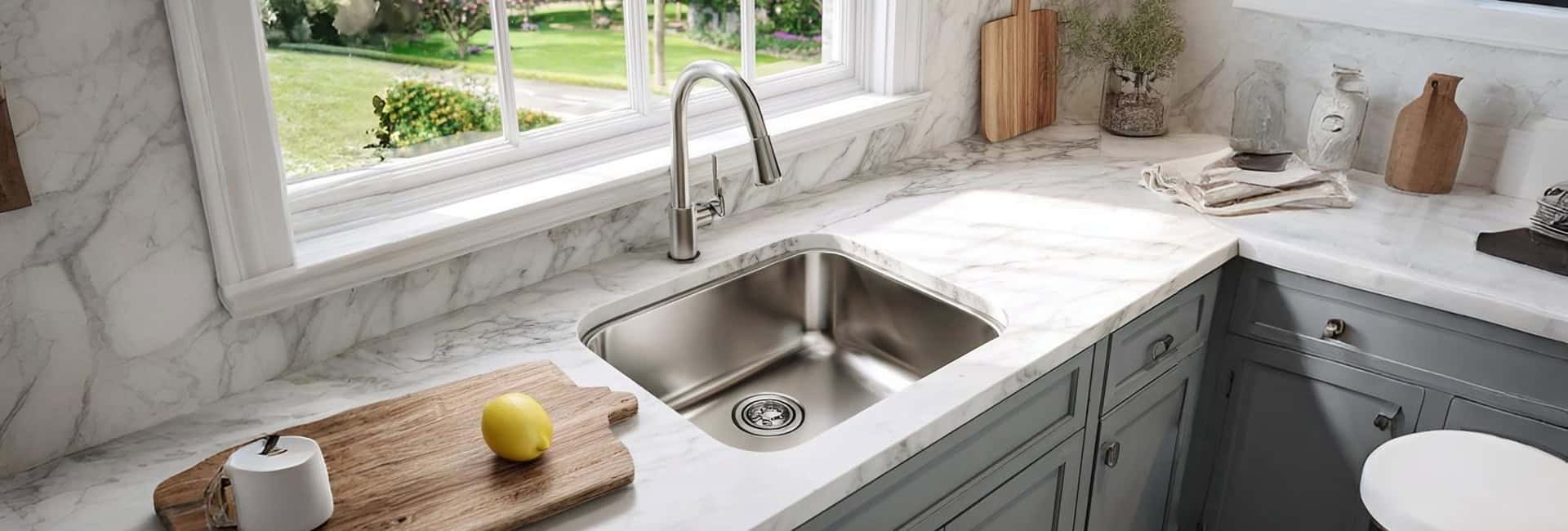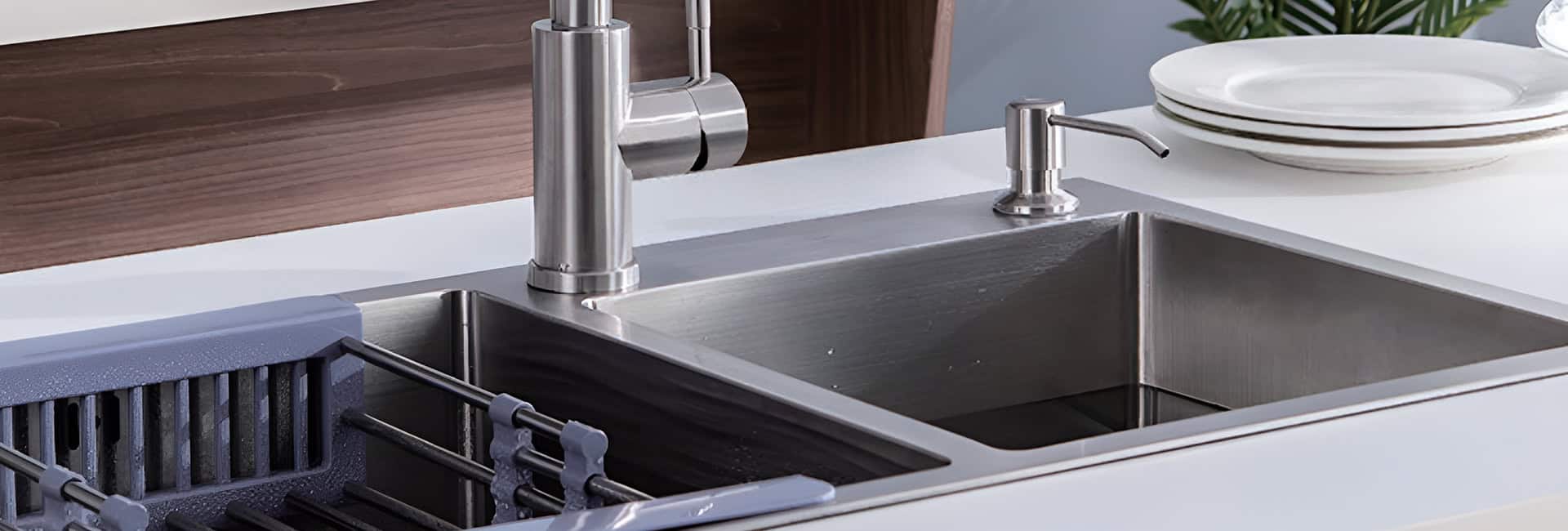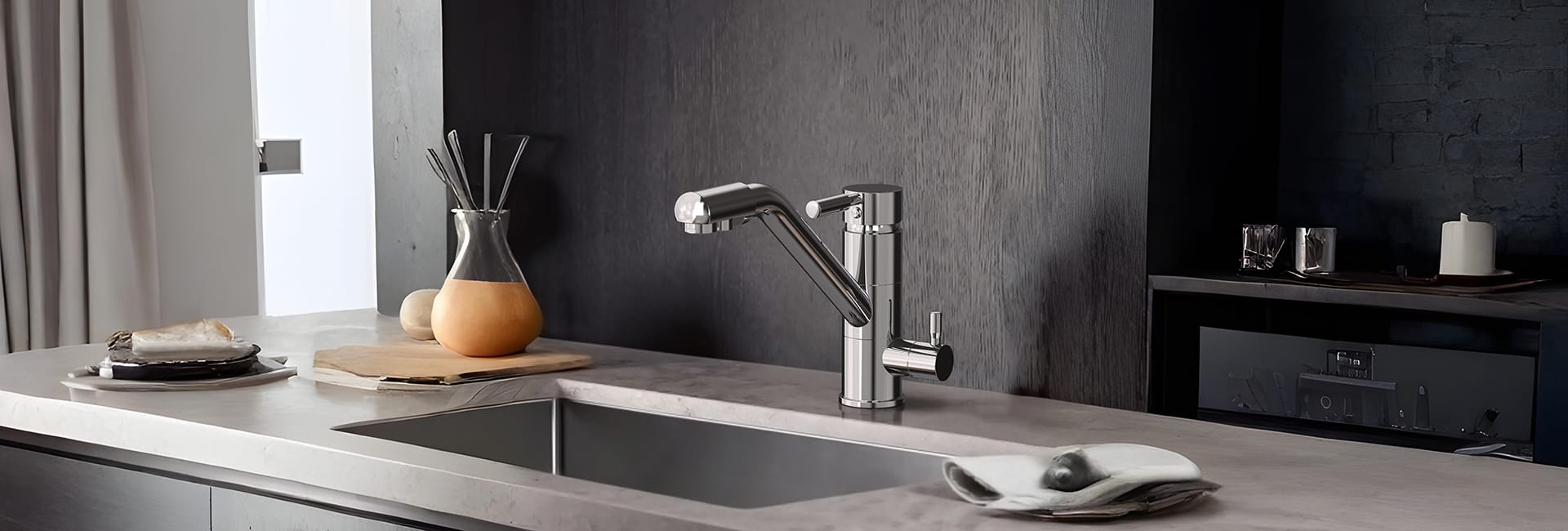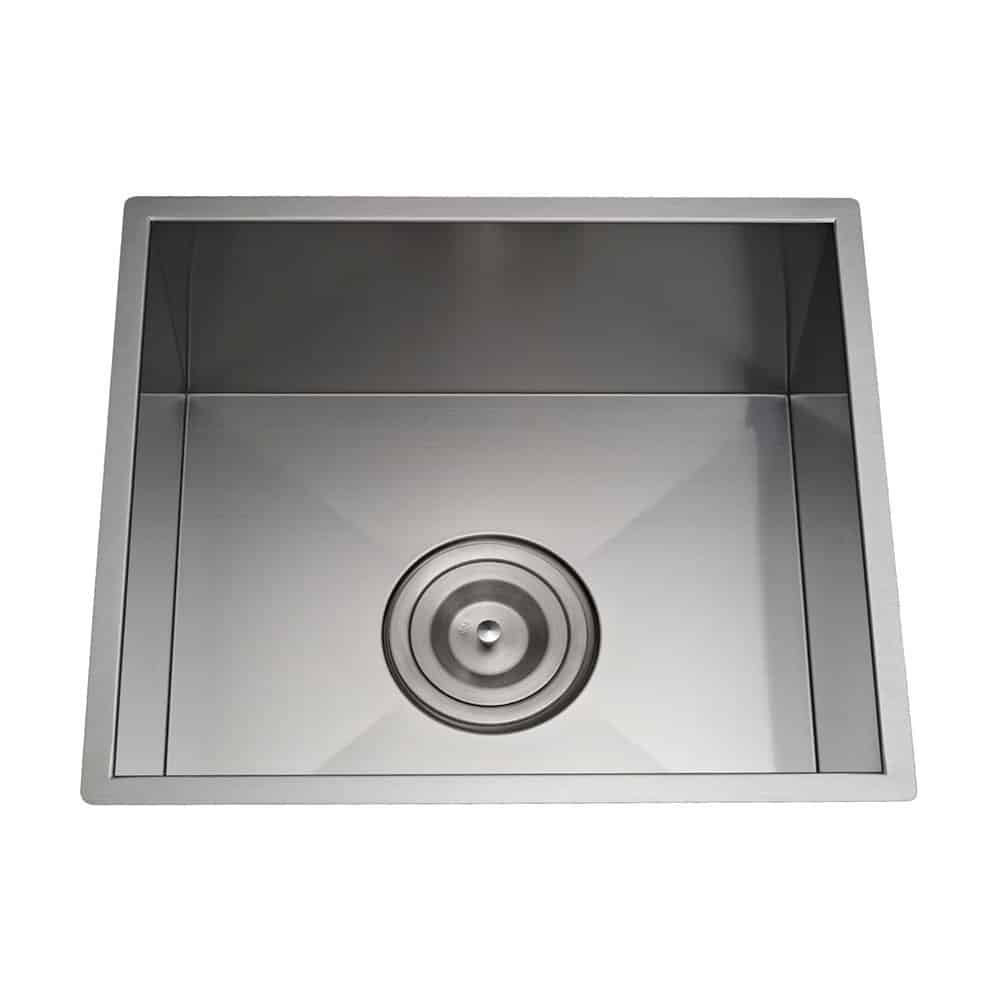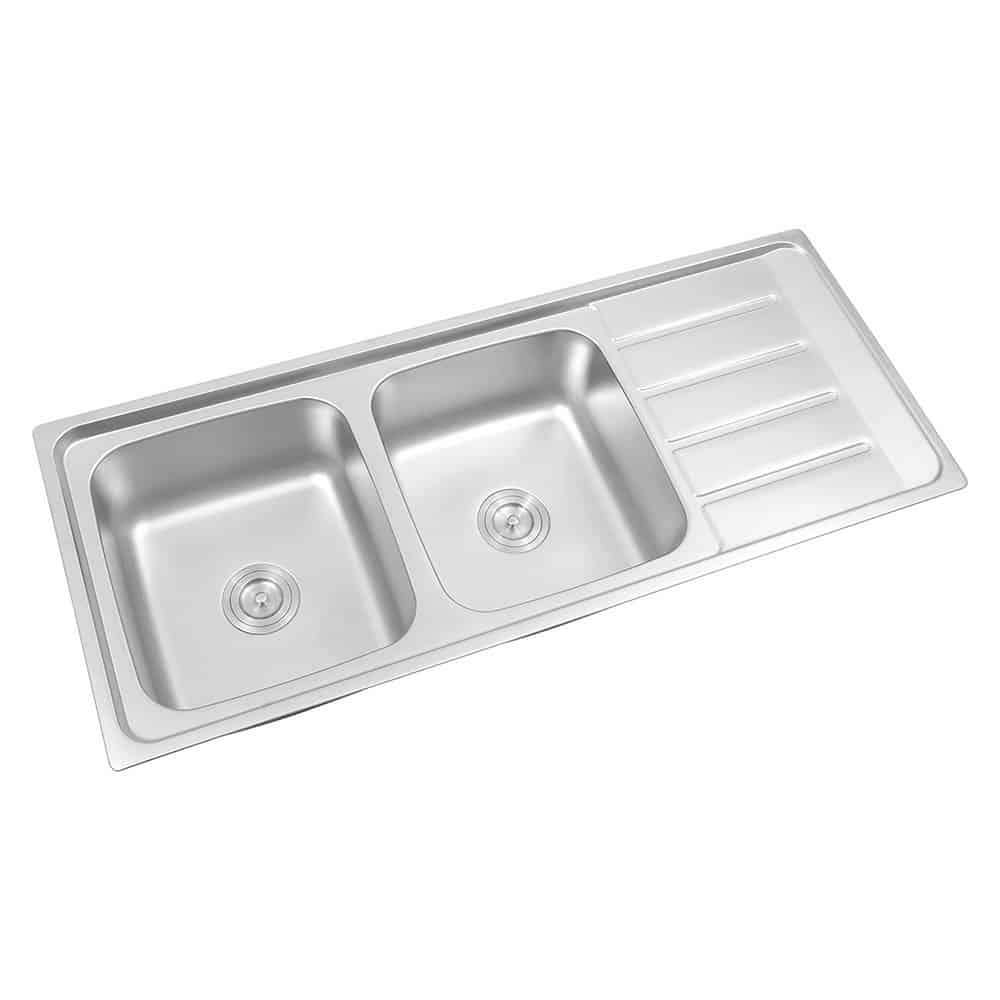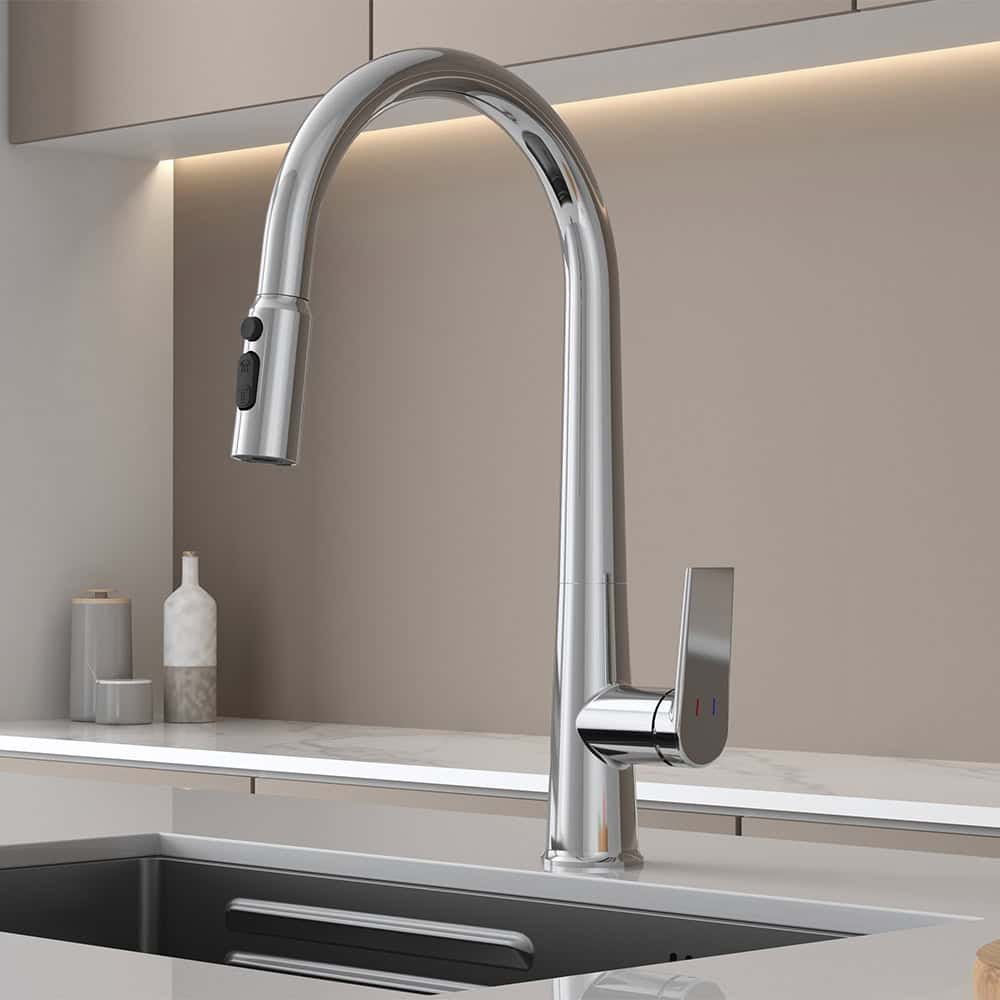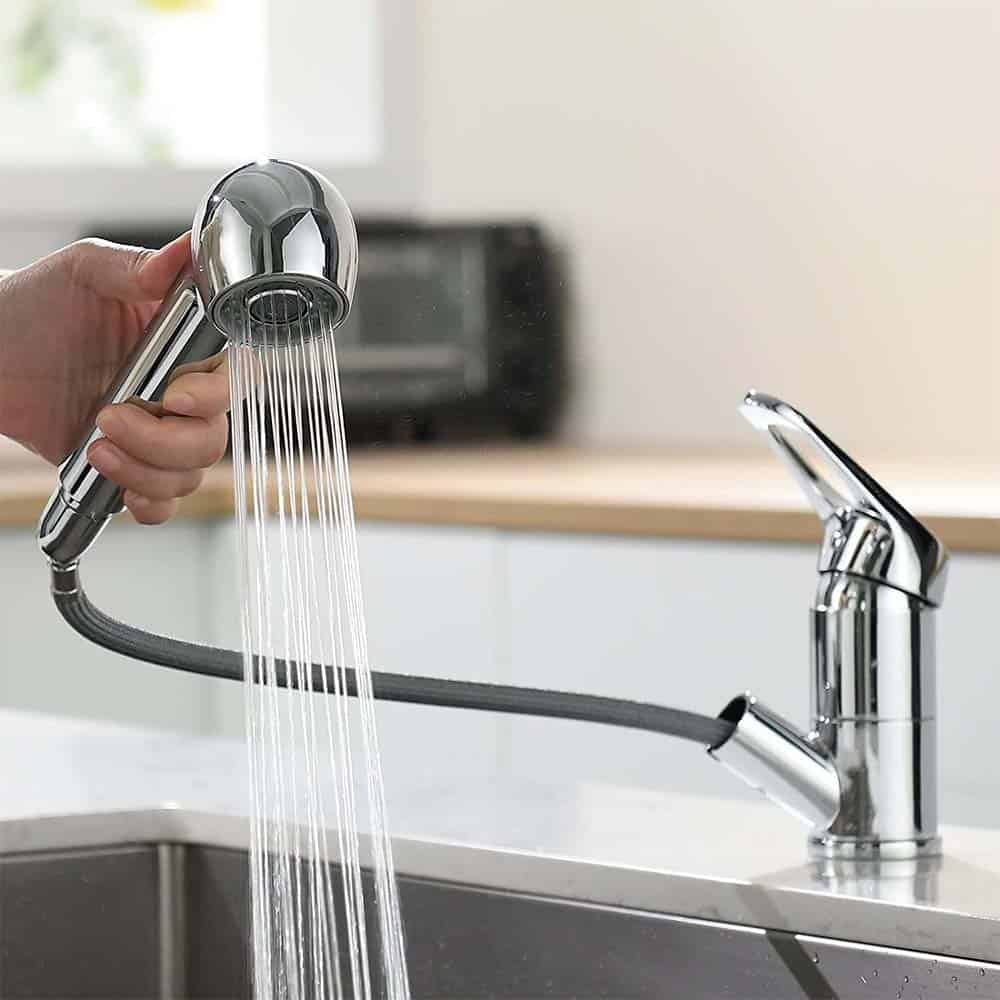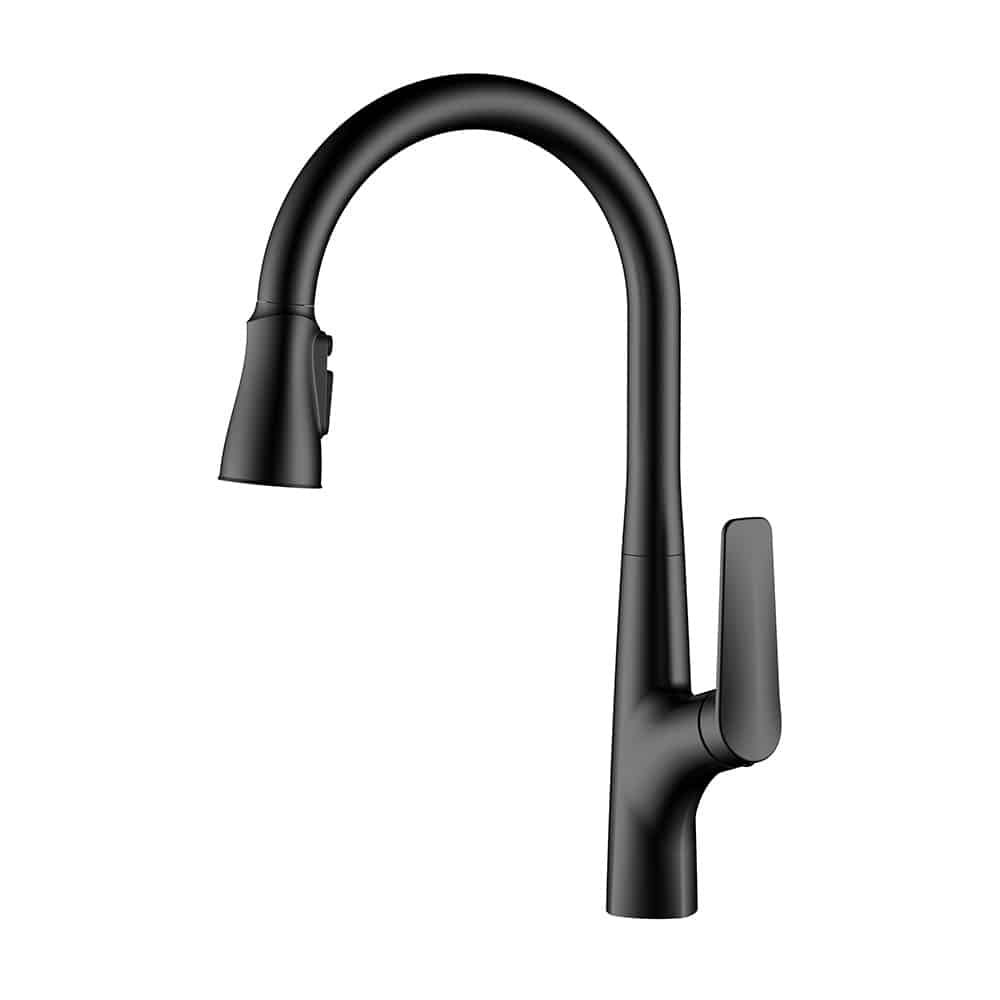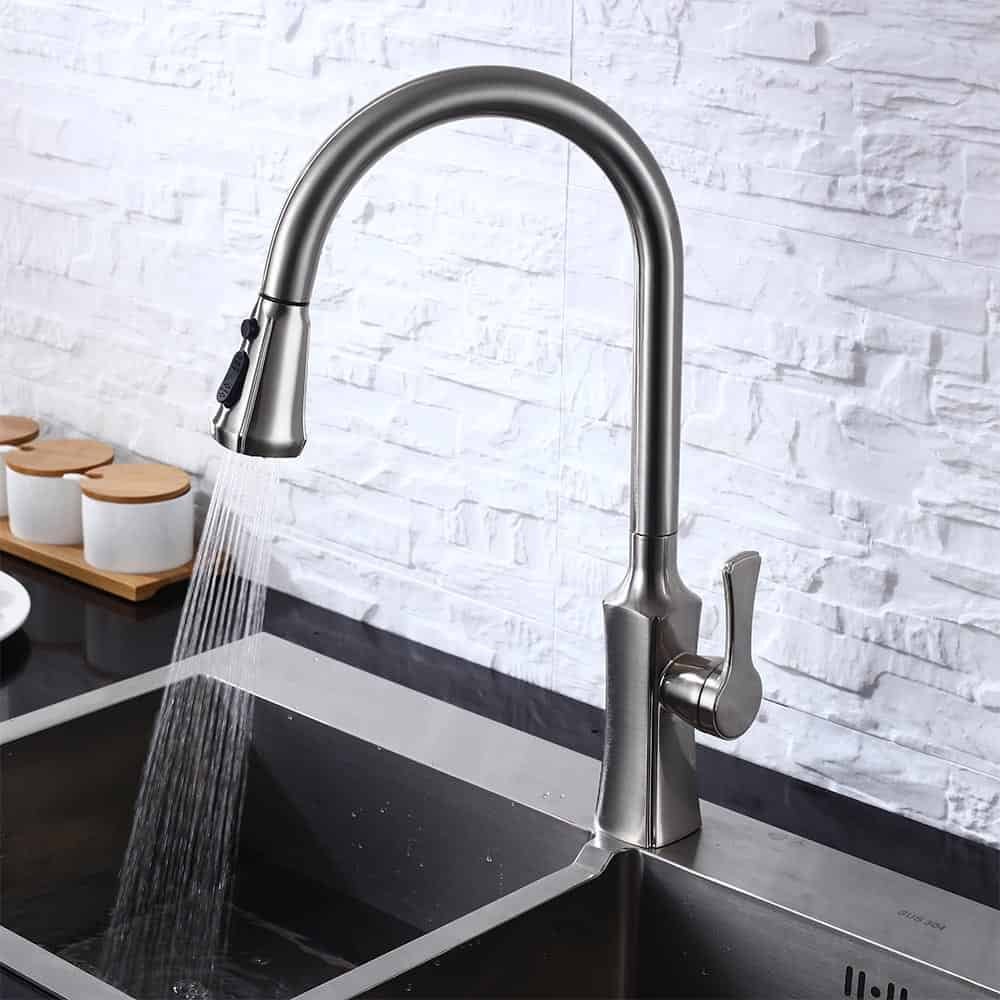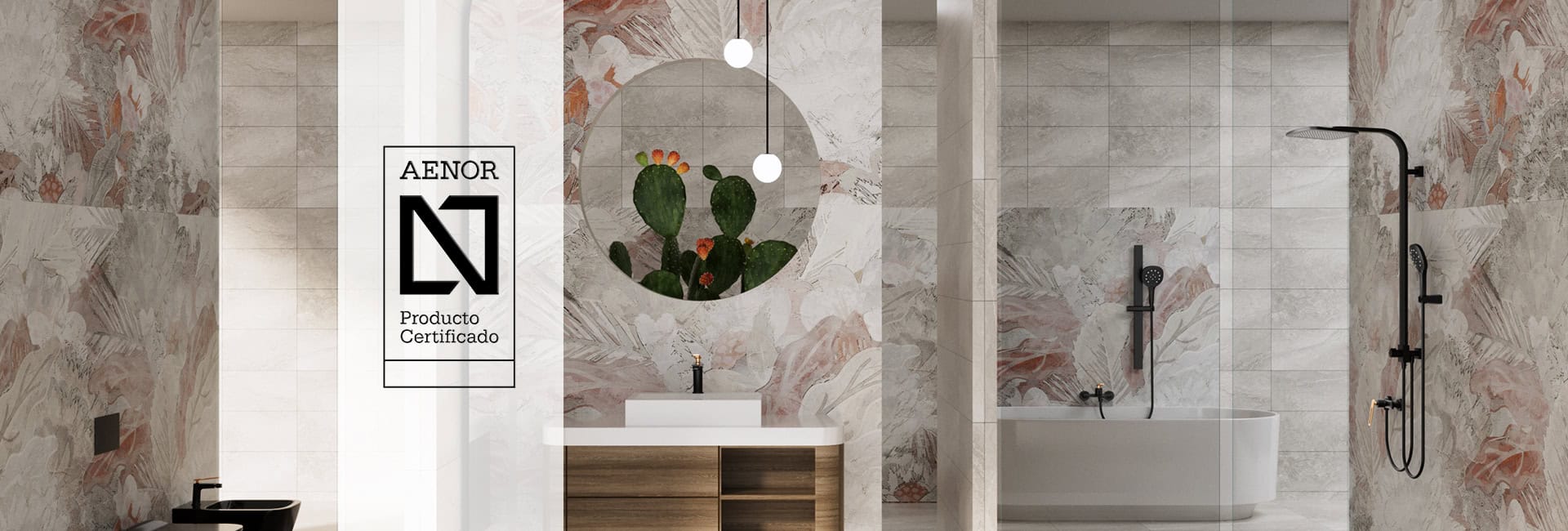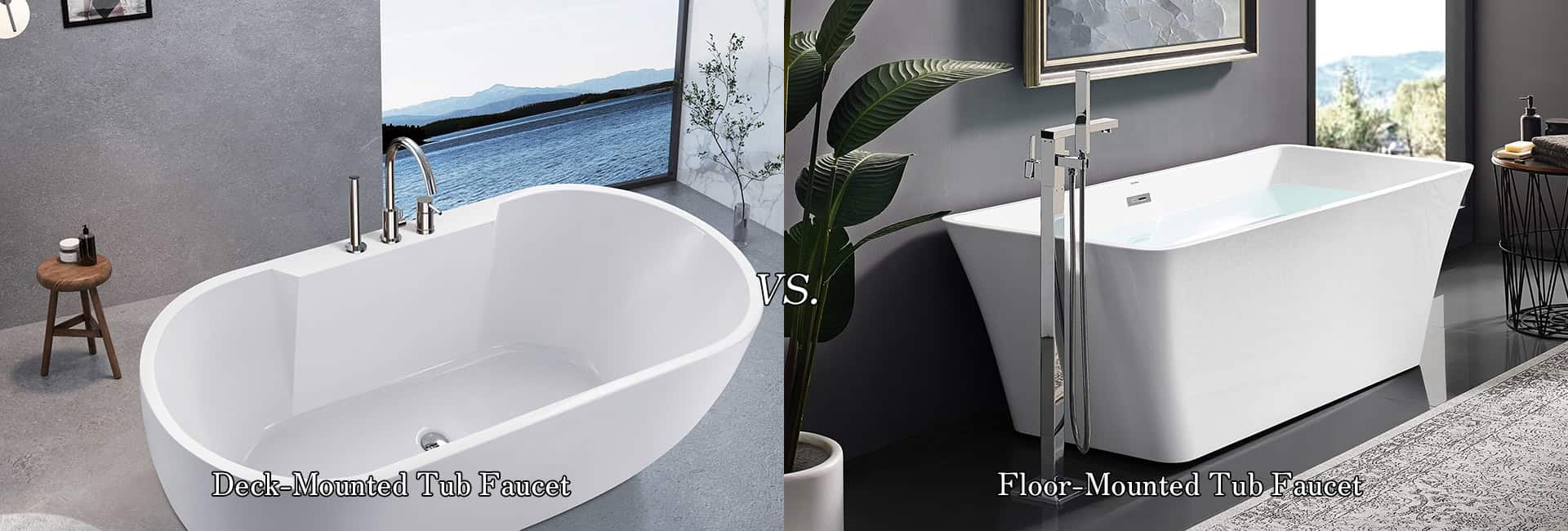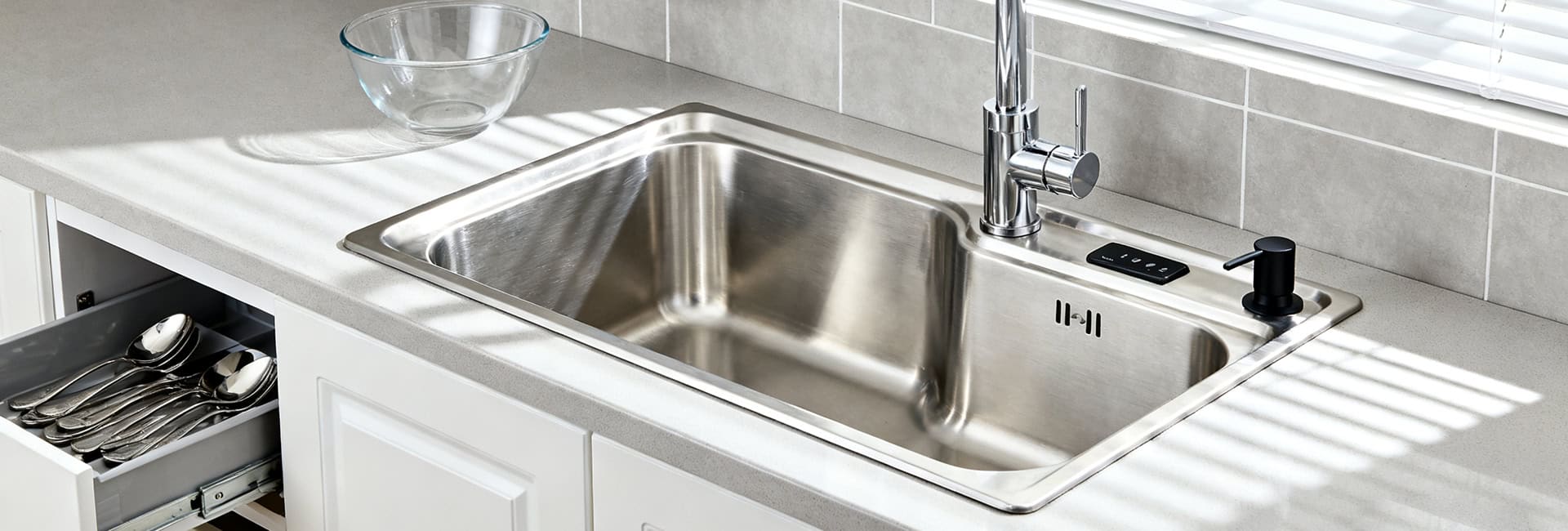Choosing a kitchen sink material can feel overwhelming, right? You’re likely trying to balance durability, looks, maintenance, and budget. I get it. After helping many homeowners through this process, I know it’s not just about picking a nice-looking basin—it’s about finding a durable, reliable workhorse that fits your lifestyle and kitchen design.
That’s why I created a clear, comprehensive guide to cut through the noise and give you real, useful insights. By the end, you’ll understand the top kitchen sink materials, their true pros and cons, and how to choose the one that’s just right for you.
Why Your Kitchen Sink Material Is a Bigger Deal Than You Think
Your kitchen sink isn’t just a place to wash dishes; it’s a central hub of activity. It handles everything from sharp knives and scorching hot pans to daily food prep and endless scrubbing. The material you choose for this essential fixture profoundly impacts its longevity, how effortlessly you can keep it clean, its overall visual appeal, and even the noise level in your kitchen.
Making an informed decision now will definitely save you headaches, unexpected costs, and potential regrets down the line.
| Material | Typical Cost Range (Sink Only) | Ideal Kitchen Style/Use | Expected Lifespan |
|---|---|---|---|
| Stainless Steel | $100 – $500 | High-Traffic, Budget-Friendly | 15-30+ years |
| Granite Composite | $300 – $800 | Busy Family Kitchens, High-End Look | 40-50+ years |
| Enameled Cast Iron | $400 – $1,000+ | Classic, Elegant Spaces | 30-50+ years |
| Fireclay | $500 – $1,500+ | Farmhouse, Heavy Use | 30-50+ years |
| Copper | $600 – $2,000+ | Unique, Statement Pieces | 50+ years |
| Porcelain | $150 – $600 | Budget-Conscious, Traditional | 15-30 years |
| Natural Stone | $800 – $3,000+ | High-End, Unique Designs | 50+ years |
| Enameled Steel | $200 – $600 | Budget-Friendly, Lightweight | 10-20 years |
| Acrylic / Solid Surface | $100 – $400 | Budget-Friendly, Integrated | 10-20 years |
Essential Factors to Consider When Selecting Your Sink
Before we dive deep into the specifics of each material, let’s talk about the crucial factors I believe you should keep at the forefront of your mind. Focusing on these will undoubtedly guide you to the best possible choice.
- Durability: How well will your sink handle daily wear and tear? Consider its resistance to scratches, chips, dents, and stains from dropped pots or spills.
- Aesthetics & Style: Does the material match your kitchen’s design? Whether you’re after a sleek modern look, cozy traditional feel, or farmhouse charm, the sink material plays a big role.
- Maintenance & Cleaning: How much effort are you willing to invest in keeping it clean? Some materials need only soap and water, while others require special cleaners or regular sealing.
- Cost & Total Ownership: Think beyond the upfront price. Factor in installation, long-term maintenance, and lifespan—a cheaper sink might cost more over time if repairs or replacement are needed.
- Installation Complexity: Some sinks are heavy and need cabinet reinforcement or professional installation, which can add to your budget.
- Noise Level: Prefer a quieter kitchen, especially with open-concept spaces? Some materials absorb sound better, reducing clatter.
- Compatibility with Other Elements: Make sure your sink works well with other fixtures—some materials don’t suit garbage disposals or specific countertops.
- Environmental Impact: Some materials are sustainably sourced, contain recycled content, or are recyclable. If eco-friendliness matters to you, it’s worth considering.
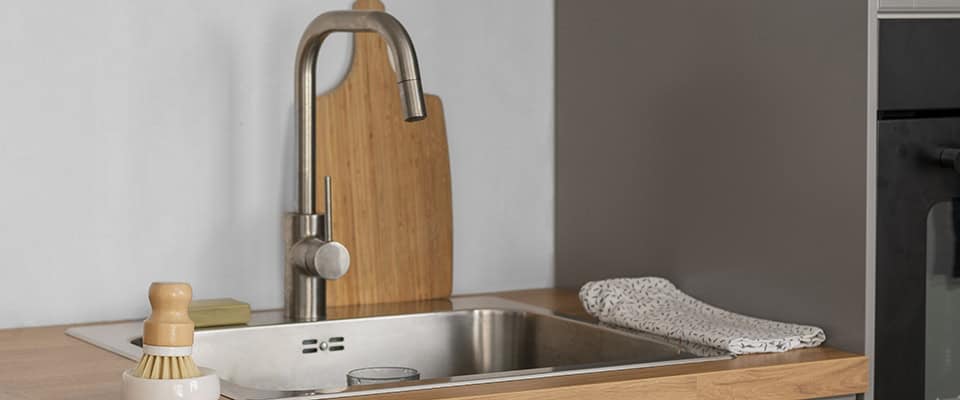
A Detailed Exploration of Popular Kitchen Sink Materials
Let’s now explore the most common kitchen sink materials in depth. I’ll break down their unique characteristics, highlight their advantages, and point out their disadvantages, along with specific tips to help you understand each one thoroughly.
Stainless Steel: The Undisputed All-Rounder
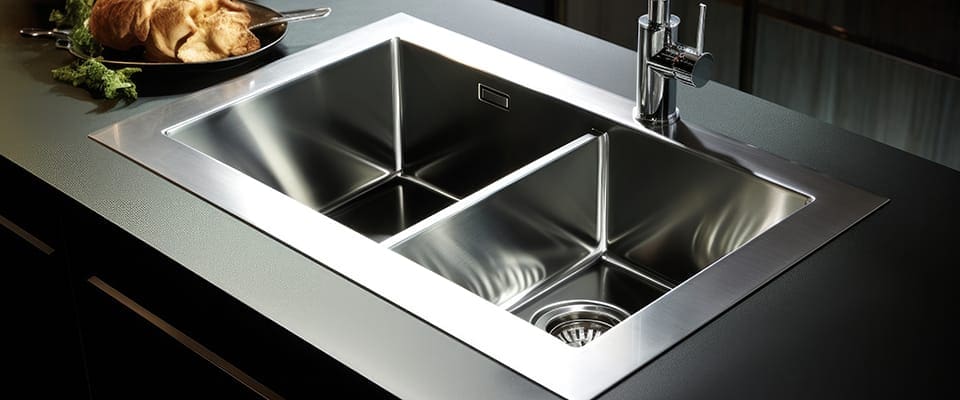
As I know, stainless steel is consistently the most popular choice for homeowners, accounting for about 70% of all sinks sold. It’s a classic for very good reasons.
- What it is:
Stainless steel sinks are crafted from a durable steel alloy. Their thickness is measured in “gauge”—a lower gauge number (like 16 or 18) indicates a thicker, more robust, and generally quieter steel. Most residential sinks fall between 18 and 22 gauge.
- Pros:
- Affordable: One of the most budget-friendly options, though high-end designer brands can cost more.
- Highly Durable: Resists corrosion and handles daily wear and tear with ease.
- Versatile Aesthetics: Its sleek look suits almost any kitchen style and pairs well with countertops like stone or granite.
- Easy to Install: Lightweight design makes installation simpler and more cost-effective.
- Low Maintenance: Just soap and water are enough for regular cleaning—perfect for busy homeowners.
- Cons:
- Noisy: Thinner-gauge stainless steel can be loud when washing dishes or dropping items, though many models now include sound-dampening pads or spray coatings.
- Prone to Scratches: Scratches easily from abrasive tools like steel wool or heavy pots. Finishes like linen embossing can help hide marks.
- Shows Water Spots: Water spots and smudges are common, so frequent wiping is needed to keep it looking clean.
- Dents: While tough, it can still dent from heavy impacts.
- Maintenance & Durability Nuances:
To prevent water spots and maintain its shine, I recommend wiping your stainless steel sink dry after each use. Always use non-abrasive cleaners and avoid harsh chemicals or steel wool, which can cause scratches. While it resists corrosion, consistent care helps prevent surface imperfections.
- Installation Notes:
Very straightforward for both undermount and drop-in styles. No special cabinet reinforcement is typically needed due to its light weight.
- Environmental Impact: Stainless steel is 100% recyclable, making it a relatively eco-friendly choice.
Granite Composite & Quartz Composite: The Perfect Blend of Beauty and Strength

These materials offer the sophisticated look of natural stone combined with enhanced durability and practicality.
- What it is:
Granite composite sinks are made from a blend of approximately 80% crushed granite dust and acrylic resins. Quartz composite is similar, using quartz stone and acrylic resins. This mixture creates a non-porous, uniform material that beautifully mimics the appearance of natural stone.
- Pros:
- Extremely Durable: Highly resistant to chips, scratches, stains, and heat—perfect for busy kitchens.
- Non-Porous & Hygienic: Naturally hygienic and don’t need sealing like natural stone.
- Excellent Sound Dampening: Absorb sound well, making them much quieter than stainless steel sinks.
- Aesthetic Versatility: Come in many colors, finishes, and sizes—offering design flexibility and a premium look.
- Long-Lasting: Built to last, often performing well for 40–50 years.
- Cons:
- Fragile Dishes: Their hard surface can easily shatter delicate dishes if dropped.
- Cost: More expensive than stainless steel, but typically cheaper than natural stone or fireclay.
- Specific Cleaning: Requires following manufacturer guidelines—harsh cleaners can cause damage or discoloration.
- Maintenance & Durability Nuances:
Clean granite composite sinks with a mild detergent and a soft cloth. Avoid harsh chemicals, as they can cause discoloration. Their non-porous surface means they won’t absorb liquids or stain easily, and you never need to seal them.
- Installation Notes:
They are heavier than stainless steel but generally lighter than cast iron or fireclay. Standard cabinet support is usually sufficient, but always double-check manufacturer specifications for weight requirements.
- Environmental Impact:
While durable, the resin component is not biodegradable. However, their long lifespan (often 40-50 years) reduces the frequency of replacement.
Enameled Cast Iron: Timeless Appeal with Robust Strength
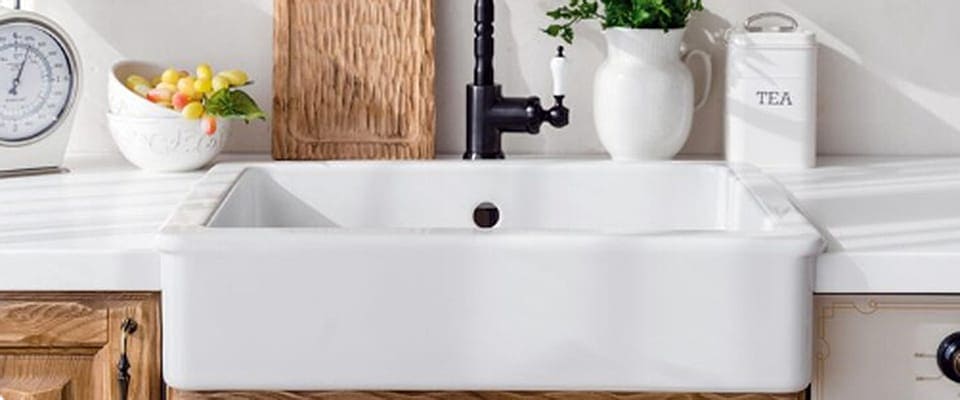
This material brings a classic, traditional feel to any kitchen, known for its substantial presence.
- What it is:
Cast iron sinks are made from heavy, durable cast iron, then coated with a thick layer of porcelain enamel, which gives them a smooth, glossy, and resilient finish.
- Pros:
- Unmatched Durability: The cast iron core offers exceptional strength and long-lasting performance.
- Stain Resistant: The enamel coating resists stains and cleans up easily.
- Classic Aesthetic: Delivers a timeless, traditional look and comes in many colors.
- Refinishable: Enamel can often be professionally restored if chipped or scratched.
- Quiet: Its heavy build naturally dampens noise for a quieter kitchen.
- Cons:
- Very Heavy: These sinks require strong cabinet and countertop support, making installation more complex and costly.
- Chipping/Scratching: The enamel can chip or scratch if heavy objects or pans are dropped into the sink. If a deep chip exposes the underlying cast iron, it becomes susceptible to rust.
- Specific Cleaning: Avoid abrasive or acidic cleaners, which can damage the enamel surface.
- Maintenance & Durability Nuances:
To prevent scratching the enamel, use gentle detergents and soft cloths for cleaning. Avoid harsh or abrasive cleaners. If a chip occurs, address it promptly to prevent the underlying iron from rusting. Placing a silicone mat at the bottom of the sink can help protect against scratches from heavy pots.
- Installation Notes:
Due to their immense weight, professional installation and significant cabinet reinforcement are almost always required. This is typically not a DIY-friendly option for most homeowners.
- Environmental Impact:
Cast iron is a highly recyclable material. The enamel coating, however, is not. Their exceptionally long lifespan contributes to sustainability by reducing replacement frequency.
Fireclay: The Quintessential Farmhouse Sink
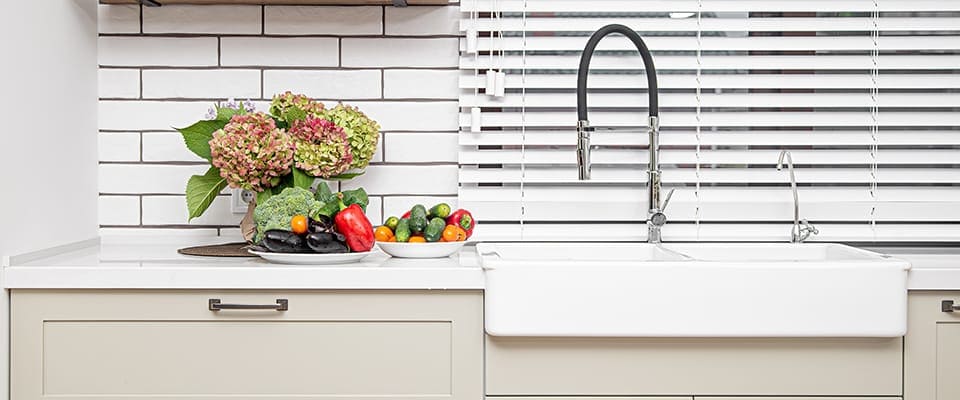
Fireclay sinks are almost synonymous with the popular farmhouse kitchen aesthetic, known for their robust and elegant presence.
- What it is:
Fireclay is an ultra-durable material made from a unique blend of clay and minerals. It is molded into shape, glazed (often by hand with porcelain enamel), and then fired at extremely high temperatures (over 2,000°F) in a kiln. This intense process creates a very dense, non-porous, and incredibly resilient material.
- Pros:
- Exceptional Durability: Fireclay resists stains, scratches, acids, and fading. It won’t rust, offering long-lasting performance with minimal upkeep.
- Hygienic & Easy to Clean: Its smooth, non-porous surface is hygienic and easy to clean with non-abrasive products.
- Classic Aesthetic: Common in farmhouse styles, it brings timeless elegance with its exposed apron design.
- Excellent Sound Insulation: Naturally dampens sound, making it much quieter than stainless steel sinks.
- Cons:
- Very Heavy: Like cast iron, fireclay sinks need reinforced cabinets and professional installation, adding to overall cost.
- Limited Color Options: Usually available in white or off-white, which may limit design choices.
- Garbage Disposal Incompatibility: Vibrations from disposals can cause cracks due to the material’s rigidity.
- Chipping/Cracking: Though tough, heavy impacts can still cause cracks and may require re-glazing over time.
- Maintenance & Durability Nuances:
Use a soft sponge and non-abrasive cleaners to keep the surface gleaming. Their non-porous nature means they resist stains and scratches effectively. While incredibly durable, they are not entirely impervious to damage from extreme impacts.
- Installation Notes:
Professional installation is highly recommended due to the weight and the need for precise alignment with cabinetry. Cabinetry often needs to be custom-built or significantly modified to accommodate the apron front and weight.
- Environmental Impact:
Made from natural clay, but the high-temperature firing process is energy-intensive. Their extreme durability means less frequent replacement, which is a positive factor.
Copper: Rustic Charm with Natural Antimicrobial Power

Copper sinks offer a truly unique aesthetic and some surprising health benefits.
- What it is:
Copper sinks are crafted from pure copper, a metal known for developing a unique “patina” over time. This natural oxidation process changes the sink’s appearance, creating a living finish that evolves with use. For the best quality and durability, look for sinks that are at least 99% pure copper, with thicker gauges (14 to 18 gauge) offering better dent resistance.
- Pros:
- Unique & Striking Aesthetic: Delivers a warm, rustic look with a changing patina that adds character over time.
- Naturally Antimicrobial: Copper naturally kills bacteria and viruses, making it ideal for hygiene-focused kitchens.
- Durable: With proper care and thicker gauge, copper resists dents and holds up well.
- Long Lifespan: When maintained, copper sinks can last for generations.
- Quiet: Its natural properties help reduce noise for a quieter kitchen.
- Cons:
- High Cost: Copper sinks are among the most expensive, high-end options.
- Patina Changes: The evolving patina adds charm but requires care—acids and cleaners can alter or damage it.
- Specific Maintenance: Needs dedicated care to preserve its finish.
- Imposter Risk: Watch out for cheaper metals falsely marketed as copper.
- Maintenance & Durability Nuances:
To maintain its patina, wipe your copper sink with a soft cloth after each use. A daily rinse with mild soap usually does the job. Avoid harsh chemicals, abrasives, and acids, as they can damage the patina. While durable, copper may dent under heavy impact—choosing a thicker gauge (14–18) helps prevent this.
- Installation Notes:
Generally lighter than cast iron or fireclay, making installation less complex, but still often benefits from professional handling due to their value and the need for careful handling to avoid initial scratches.
- Environmental Impact:
Copper is a natural material and highly recyclable. Its long lifespan also contributes to sustainability.
Porcelain: A Traditional, Accessible Choice
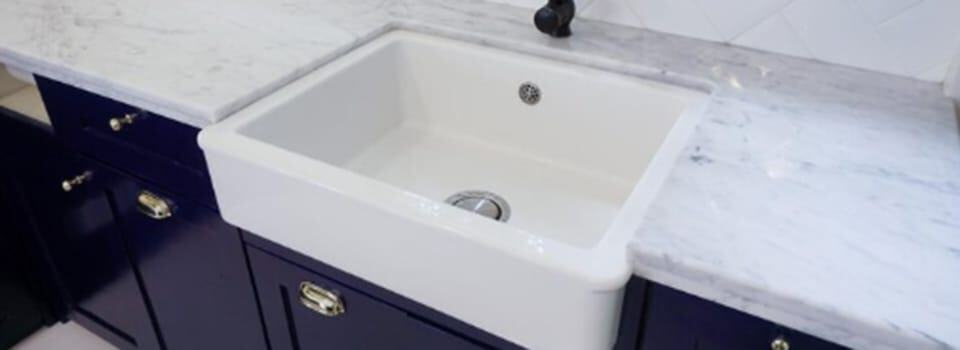
Porcelain sinks have been a common and beloved choice in kitchens for centuries.
- What it is:
Porcelain sinks are made from a mixture of clay and other minerals, fired at a lower temperature than fireclay. They feature a smooth, glossy surface. Some porcelain sinks can also be molded around a metal core, such as steel or iron, for added durability.
- Pros:
- Very Affordable: Porcelain sinks are highly budget-friendly and accessible for most homeowners.
- Classic & Elegant Look: Their smooth, glossy finish fits well with many kitchen styles.
- Stain & Heat Resistant: They resist stains, heat, and light scratches.
- Low Maintenance: The non-porous surface cleans easily with mild or even harsh cleaners.
- Cons:
- Prone to Chipping & Scratching: More likely to chip or scratch than tougher materials like fireclay, especially if heavy items are dropped.
- Weight: Fairly heavy and may need cabinet reinforcement, though less than cast iron.
- Shorter Lifespan: Typically lasts 15–30 years, which is shorter than some other sink materials.
- Maintenance & Durability Nuances:
While generally easy to clean with mild detergents, handle porcelain sinks with care to prevent chips and scratches. Avoid dropping heavy items into the sink, as this is their primary vulnerability for chipping and denting.
- Installation Notes:
Can be heavy, especially those with a cast iron core, so ensure your cabinets are sturdy. Professional installation is often recommended for heavier models to ensure proper support.
- Environmental Impact:
Made from natural materials, but the firing process consumes energy. Durability varies, impacting replacement frequency.
Natural Stone (Granite, Marble, Slate, Petrified Wood): Unrivaled Luxury
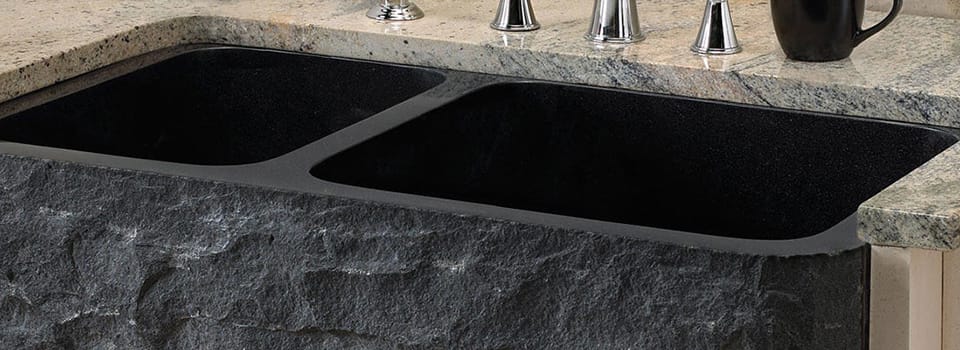
(via.Novatto»)
For a truly unique, high-end statement piece in your kitchen, natural stone sinks are an exceptional choice.
- What it is:
These sinks are meticulously carved from solid blocks of natural stone, such as granite, marble, slate, or even petrified wood. Each sink is inherently unique, showcasing distinct patterns and variations in the stone.
- Pros:
- Stunning Aesthetics: These sinks make a bold, luxurious statement and can boost your home’s value.
- Highly Unique: Each piece is one-of-a-kind, offering unmatched individuality.
- Highly Durable & Long-Lasting: With proper care, natural stone sinks can last for generations.
- Heat Resistant: They handle hot pans without damage.
- Excellent Sound Dampening: Their dense build naturally reduces noise.
- Cons:
- Very Expensive: Among the most costly options due to both material and specialized installation.
- Porous & Requires Sealing: Needs regular sealing to prevent stains, cracks, or moisture damage.
- Extremely Heavy: Requires strong cabinet support and professional installation.
- Maintenance Intensive: Needs special care to stay pristine; darker colors may show damage more easily.
- Maintenance & Durability Nuances:
Regular sealing is absolutely crucial to prevent damage and staining due to its porosity. Follow your stone supplier’s recommendations for frequency and product. While highly durable, natural stone can chip or crack from severe impacts if not properly installed or maintained.
- Environmental Impact:
A natural material, but quarrying and transportation have environmental impacts. Their extreme longevity (can last a lifetime) is a positive sustainability factor.
- Installation Notes:
Due to their immense weight and value, professional installation is mandatory. Cabinets must be custom-built or heavily reinforced to bear the load.
Enameled Steel: A Lighter, Versatile Alternative
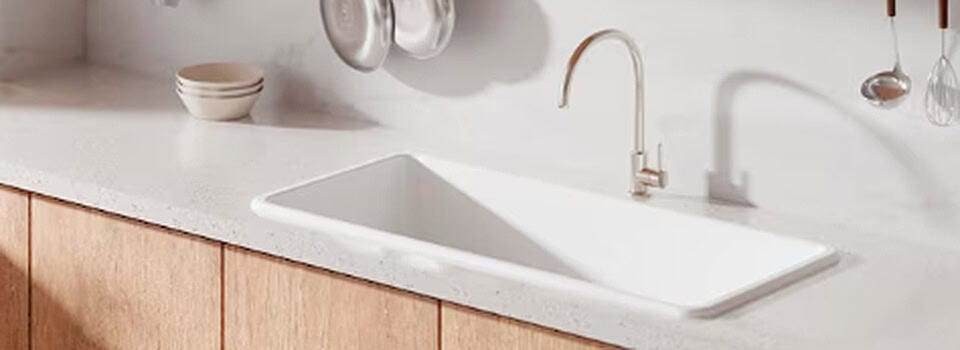
Enameled steel sinks offer a similar classic look to enameled cast iron but with a significant advantage in weight.
- What it is:
These sinks feature a steel core coated with porcelain enamel, which is fired at high temperatures to seal the surface. This combination provides durability with a lighter footprint.
- Pros:
- Lighter Weight: They are considerably lighter than cast iron, making them easier and less costly to install.
- Durable Coating: The porcelain enamel coating makes them resistant to scratches, heat, and stains.
- Versatile Style: Their smooth appearance adapts well to both traditional and modern kitchen designs.
- Cons:
- Prone to Chipping: The enamel can chip if heavy items are dropped, exposing the steel core, which may rust if not repaired. Less dent-resistant than cast iron.
- Noisy: Tends to be louder than cast iron or composite sinks, similar to thinner stainless steel.
- Shorter Lifespan: May not last as long as cast iron or fireclay due to chipping risk.
- Maintenance & Durability Nuances:
Use mild detergents and soft cloths. For everyday cleaning, soap and water are sufficient. Avoid abrasive cleaners or pads that could scratch or dull the enamel. Address any chips promptly with an enamel repair kit to prevent rust from developing on the exposed steel.
- Installation Notes:
Easier to install than cast iron due to lighter weight, often suitable for standard cabinetry without special reinforcement.
- Environmental Impact: Steel is recyclable, but the enamel coating is not.
Acrylic / Solid Surface: Budget-Friendly and Highly Customizable
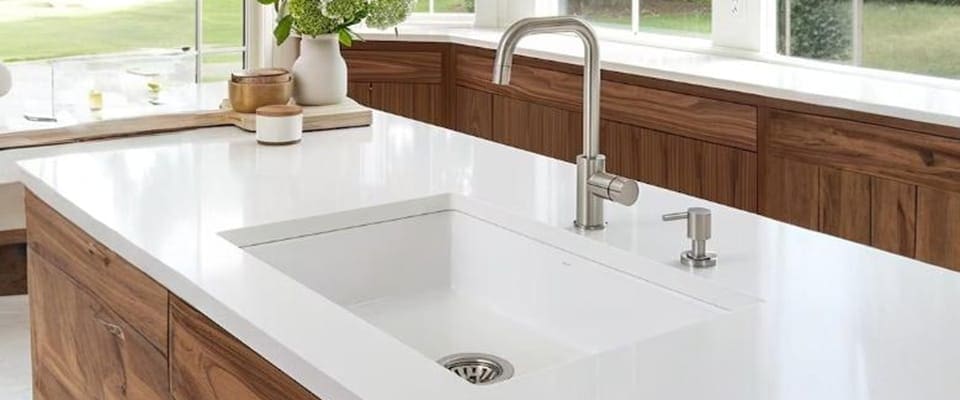
These materials are often chosen for their affordability, lightweight nature, and extensive design flexibility.
- What it is:
Acrylic sinks are typically made from plastic reinforced with fiberglass. Solid surface sinks are usually composed of acrylic resin. They are lightweight and available in a vast array of colors and styles, often allowing for seamless integration with matching countertops.
- Pros:
- Very Affordable: Among the most budget-friendly kitchen sink options.
- Lightweight & Easy to Install: Easy to handle and ideal for lightweight cabinets or DIY installs.
- Highly Customizable: Offers great flexibility in design, color, and shape for unique kitchen styles.
- Resistant: Typically resists scratches and stains well.
- Cons:
- Heat Sensitive: Hot pans can cause melting or discoloration—avoid placing them directly in the sink.
- Discoloration: Prone to yellowing over time, especially from sunlight or harsh chemicals.
- Shorter Lifespan: Doesn’t last as long as more durable materials like fireclay or cast iron.
- Prone to Scratches/Scuffs: Can still scratch or scuff with heavy use, despite some resistance.
- Maintenance & Durability Nuances:
Always avoid placing hot items directly in the sink to prevent heat damage. Clean with mild soap and water, and avoid abrasive cleaners that could scratch the surface. While they resist scratches and stains, they are not as durable against impacts as harder materials and can show scuffs over time.
- Installation Notes:
Very easy to install due to their light weight. Ideal for seamless integration with solid surface countertops where the sink and counter appear as one continuous piece.
- Environmental Impact:
Made from petroleum-based plastics, which are not biodegradable. Their shorter lifespan means more frequent replacement.
Beyond the Material: Installation, Longevity, and Smart Choices
Installation Nuances
- Weight Implications: Heavy materials like enameled cast iron, fireclay, porcelain, and natural stone require strong cabinet reinforcement—a structural must to avoid damage.
- Professional Installation: These heavier sinks typically need professional installation, adding to overall cost. Lighter options like stainless steel and acrylic are DIY-friendly and more budget-efficient.
Expected Lifespan & Long-Term Value
- Varying Lifespans: Lifespans vary widely—copper and natural stone can last generations, while porcelain and solid surface sinks typically last 15–30 years.
- Total Ownership Cost: Higher upfront costs can offer better long-term value through durability and reduced need for replacement.
Repairability & Refinishing Options
- Extending Life: Some materials, like enameled cast iron, can be refinished after damage, extending their lifespan and restoring appearance.
- Damage Implications: Others may require full replacement if damaged. Consider whether repairability matters for your long-term plans.
Integration with Smart Kitchen Features
As I’ve observed, modern kitchens are increasingly incorporating technology. While the sink itself isn’t typically “smart,” its design can support smart features:
- Integrated Workstations: Some sinks are designed as full workstations with integrated cutting boards, drying racks, and colanders. Materials like stainless steel often lead in this innovation, allowing for custom accessories.
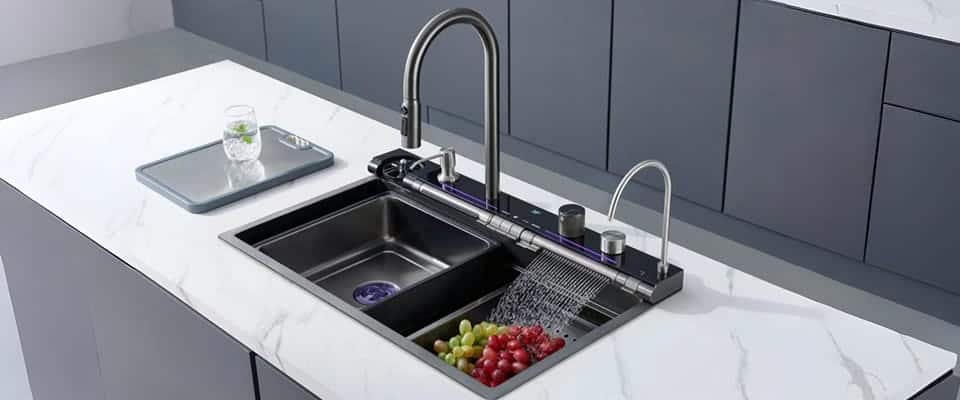
- Motion-Sensor Faucets: Ensure your chosen sink material and design are compatible with the mounting requirements of these faucets.
- Under-Sink Tech: Consider space for water filtration systems, instant hot water dispensers, or waste disposal units. The weight and shape of your sink might influence what fits underneath.
Finding Your Perfect Match: Tailoring Your Sink Choice to Your Life
Now that you have all the detailed information, how do you make that final, confident decision? I think it truly comes down to prioritizing what matters most to you and your household.
- If budget is your top priority: I suggest stainless steel, porcelain, or enameled steel sinks—they offer solid value and functionality without the high price.
- If you have a busy family kitchen: Granite composite, fireclay, or enameled cast iron are your best bets. They’re highly durable and resist scratches and stains.
- If you want a quieter kitchen, especially in open spaces: Granite composite, fireclay, natural stone, or enameled cast iron absorb sound well, making your kitchen more peaceful.
- If you’re going for a specific look, like farmhouse style: A fireclay sink is perfect for a classic farmhouse feel. For rustic or unique charm, copper is a stunning choice.
- If hygiene is a top concern: Copper sinks are excellent thanks to their natural antimicrobial properties, which help inhibit bacteria and viruses.
- If you want low maintenance: Stainless steel and granite composite are easy to clean, requiring minimal effort and no special care.
- If you often use a garbage disposal: Avoid fireclay—it’s prone to cracking from vibrations. Go with stainless steel or granite composite instead.
- If you’re making a long-term investment: Natural stone or copper sinks offer longevity, beauty, and a luxury feel that adds lasting home value.
Ultimately, the best kitchen sink material is the one that fits your lifestyle, budget, and design taste. Take your time, weigh your options, and choose a sink you’ll love and rely on for years to come.
Not Sure Where to Find the Right Sink & Faucet?
Luxuryhome makes it easy. From modern stainless steel sinks to multi-functional kitchen faucets, our curated selection helps you build a cohesive, high-quality kitchen setup—fast and hassle-free. Explore now and find the perfect match for your product line.
FAQs
About Luxuryhome
Luxuryhome is not just a faucet manufacturer or wholesaler, but more like a partner who can provide you with more added value.
We are united in our determination to produce China-made bath and kitchen fixtures adhering to the highest ethical principles. You have our promise!
More post you may interested in

